Across the county, from coast to countryside and historic city, you’ll find an incredible range of public artwork. Created by a mixture of International, British, and local artists, these wonderful pieces enhance their surrounding environments and challenge our perceptions.
We're shining a light of a selection of the many outstanding pieces you can discover when exploring Durham. Which one is your favourite?
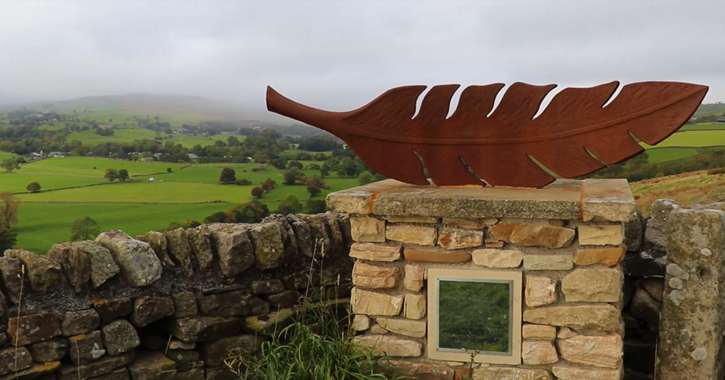
Air, Middleton-in-Teesdale
Air also known as ‘The Feather’ can be found at Whistle Crag, on the outskirts of Middleton-in-Teesdale. The artwork is one of eleven cast iron pieces created by sculptor Victoria Brailsford, which act as view-markers throughout Teesdale in the Durham Dales.
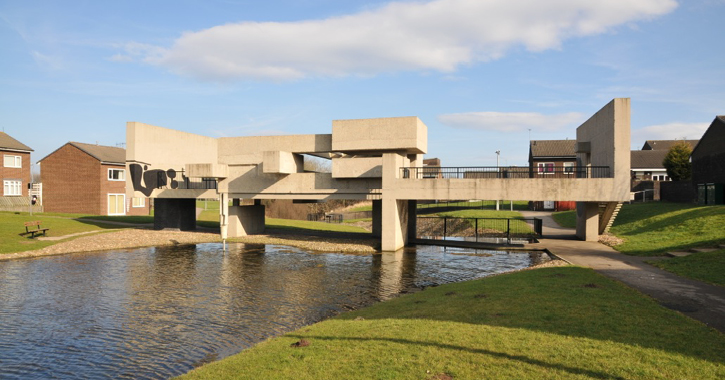 Image courtesy of Durham County Council © Toby Paterson
Image courtesy of Durham County Council © Toby Paterson
Apollo Pavilion, Peterlee
Named after the Apollo space programme - The Apollo Pavilion is located in the Sunny Blunts Estate at Peterlee. Designed by abstract artist and architect Victor Pasmore, the pavilion (which is both a sculpture and bridge) was completed in 1969 and given Grade-II status in 2011.
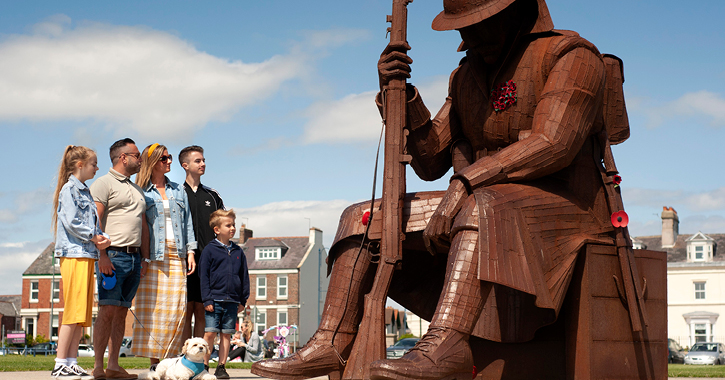
Eleven-O-One, Seaham
Created by local artist and steel fabricator Ray Lonsdale. Eleven-O-One was commissioned to commemorate the First World War centenary and refers to the first minute of peace after the 1918 armistice. The larger than life soldier with downcast eyes which stand guard on Seaham sea front is affectionately known locally as ‘Tommy’.
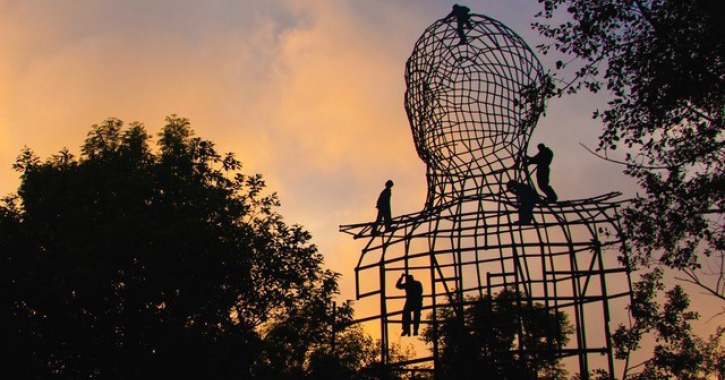 Image courtesy of Joseph Hillier © Lawrence Conyers
Image courtesy of Joseph Hillier © Lawrence Conyers
In our Image, Newton Aycliffe
The 16.7-metre-high sculpture made from fabricated steel was created by Newcastle based artist Joseph Hillier in 2009. The gigantic head and shoulders tower over Newton Aycliffe business park and took two years to complete.
The sculpture was designed to look as if it is under construction, in homage to local workers and the region’s industrial heritage. Five welders from Aycliffe Fabrications (the company commissioned to manufacture the structure) were used as models for the figures which appear to be working on the 4.7 tonne artwork.
Little Tern, Horden
As you follow the coastal footpath along the Durham Heritage Coast you will come across (the not so little) Little Tern sculpture at Horden. Perched on the cliff top at Cotsford Field overlooking the North Sea. It’s a great spotting point to rest and take in the incredible views along the windswept coast.
The Little Tern is one of Britain’s rarest sea birds and returns to Durham's coast every year from West Africa to breed on the Durham Heritage Coast.
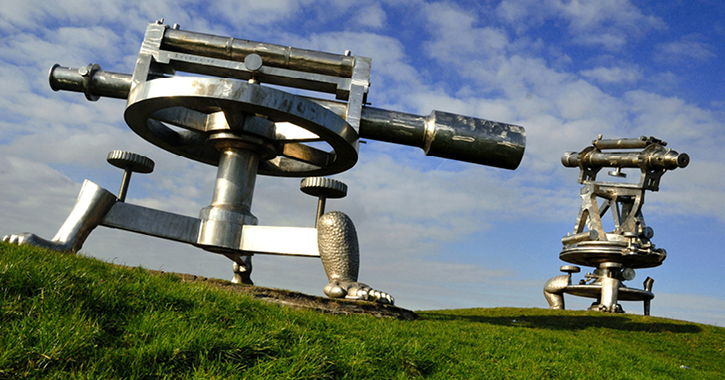
Terris Novalis, Consett
Terris Novalis is a collection of three giant sculptures built on the site of what was once Europe's largest steelworks, and can be found on the Coast to Coast cycle path at Consett in the Vale of Durham
The artwork was created by Tony Cragg and is 20 times the size of the tools they represent. Each enormous tool is supported by different feet, inspired by symbolic heraldry of local shields and coast of arms.
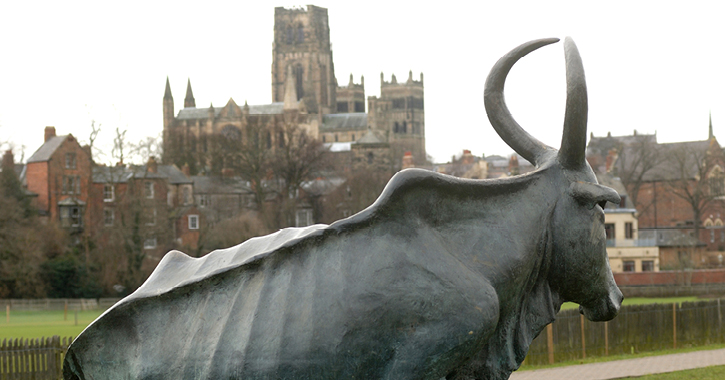
The Durham Cow, Durham City
The Durham Cow or Ox can be found along the banks of the River Wear in historic Durham City, and forms part of the Durham City Heritage Sculpture Trail.
Created by Andrew Burton, the artwork is inspired by a centuries-old legend of how the monks brought St Cuthbert’s remains to lay to rest at Durham. The monks were instructed by a holy vision to take the coffin to Dunholm. (‘Dun’ is Anglo-Saxon for hill and ‘holm’ means island). Whilst searching for this special place the monks came across a milkmaid who was bringing her cow to Dunholm (Durham) and so she directed their way.
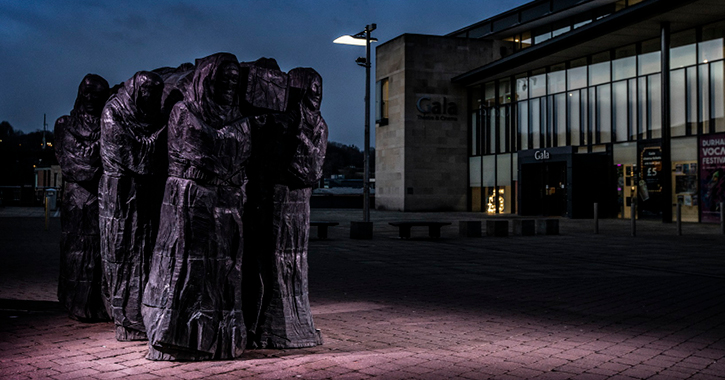
The Journey, Durham City
Illustrating the story of the foundation of Durham City, The Journey, by internationally acclaimed artist, Fenwick Lawson, stands in the city’s Millennium Place.
It depicts the body of St Cuthbert being carried by a group of monks to his final resting place in Durham in 995AD, marking the establishment of Durham City. The sculpture is a bronze cast of an earlier piece, carved from elm using a chainsaw, and which now stands in St Mary’s Church on the island of Lindisfarne.
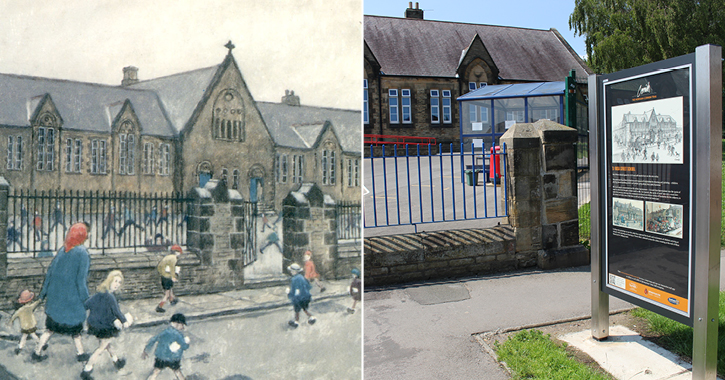
The Norman Cornish Art Trail, Spennymoor
The renowned mining artist Norman Cornish was born in Spennymoor in 1919. He lived in the town his whole life until his death in 2014 at the age of 94.
Covering an approximate distance of 1.5miles, The Norman Cornish Trail allows you to follow in the artist’s footsteps and identify views and locations of his most iconic works in his hometown of Spennymoor, seeing the world as he saw it.
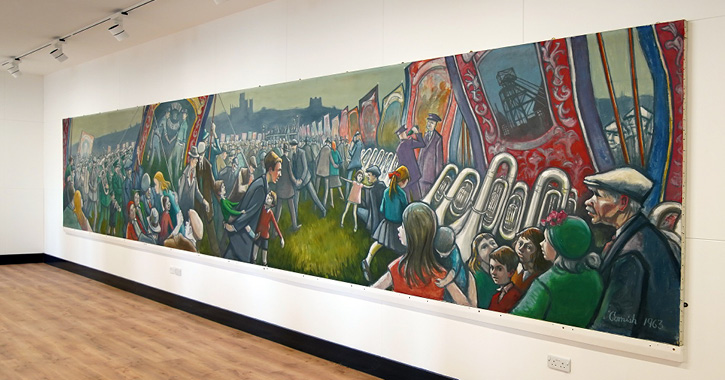
Norman Cornish art lovers can also get up close to one of the artists most iconic pieces of work - The Miners' Gala mural at Bishop Auckland Town Hall Cafe.
Norman was commissioned in 1962 by Durham County Council to create the mural coinciding with the opening of the new County Hall in October 1963.
Durham is still open for business and we look forward to welcoming you. Tourism businesses have taken every step to ensure they are Covid-secure, and we’re asking anyone visiting the county to comply with the local restrictions in place.
Plan ahead and ‘know before you go’ to ensure that you #LoveDurham safely. Our wide open spaces are waiting to be explored, and businesses across the county can welcome you back safely.
Related
Comments
Comments are disabled for this post.



 to add an item to your Itinerary basket.
to add an item to your Itinerary basket.
.png)





